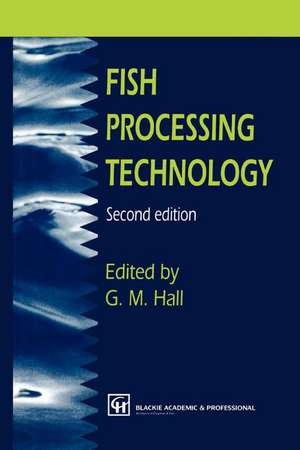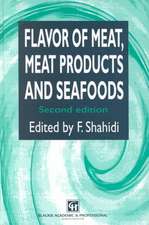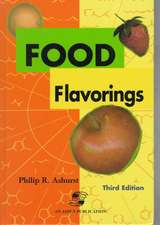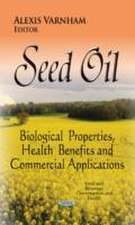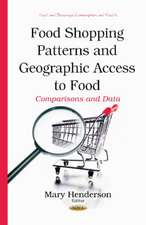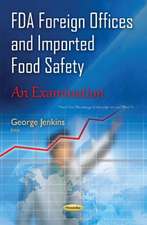Fish Processing Technology
Autor George M. Hallen Limba Engleză Paperback – 28 sep 2011
| Toate formatele și edițiile | Preț | Express |
|---|---|---|
| Paperback (1) | 1545.37 lei 6-8 săpt. | |
| Springer Us – 28 sep 2011 | 1545.37 lei 6-8 săpt. | |
| Hardback (1) | 1575.98 lei 6-8 săpt. | |
| Springer Us – 31 iul 1997 | 1575.98 lei 6-8 săpt. |
Preț: 1545.37 lei
Preț vechi: 1884.59 lei
-18% Nou
Puncte Express: 2318
Preț estimativ în valută:
295.69€ • 308.76$ • 244.18£
295.69€ • 308.76$ • 244.18£
Carte tipărită la comandă
Livrare economică 15-29 aprilie
Preluare comenzi: 021 569.72.76
Specificații
ISBN-13: 9781461284239
ISBN-10: 1461284236
Pagini: 308
Ilustrații: XII, 292 p.
Dimensiuni: 155 x 235 x 16 mm
Greutate: 0.47 kg
Ediția:2nd ed. 1997. Softcover reprint of the original 2nd ed. 1997
Editura: Springer Us
Colecția Springer
Locul publicării:New York, NY, United States
ISBN-10: 1461284236
Pagini: 308
Ilustrații: XII, 292 p.
Dimensiuni: 155 x 235 x 16 mm
Greutate: 0.47 kg
Ediția:2nd ed. 1997. Softcover reprint of the original 2nd ed. 1997
Editura: Springer Us
Colecția Springer
Locul publicării:New York, NY, United States
Public țintă
ResearchDescriere
As with the first edition this book includes chapters on established fish processes and new processes and allied issues. The first five chapters cover fish biochemistry affecting processing, curing, surimi and fish mince, chilling and freezing and canning. These established processes can still show innovations and improved theory although their mature status precludes major leaps in knowledge and technology. The four chapters concerned with new areas relevant to fish processing are directed at the increasing globalisation of the fish processing industry and the demands, from legislation and the consumer, for better quality, safer products. One chapter reviews the methods available to identify fish species in raw and processed products. The increased demand for fish products and the reduced catch of commercially-important species has lead to adulteration or substitu tion of these species with cheaper species. The ability to detect these practices has been based on some elegant analytical techniques in electrophoresis.
Cuprins
Biochemical Dynamics And The Quality Of Fresh And Frozen Fish. Preservation of Fish by Curing (Drying, Salting and Smoking). Surimi and Fish Mince Products. Chilling and Freezing of Fish. Canning Fish and Fish Products. Methods of Identifying Species of Raw and Processed Fish. Modified Atmosphere Packaging of Fish and Fish Products. HACCP and Quality Assurance of Seafood. Temperature Modeling and Relationships in Fish Transportation. Index
